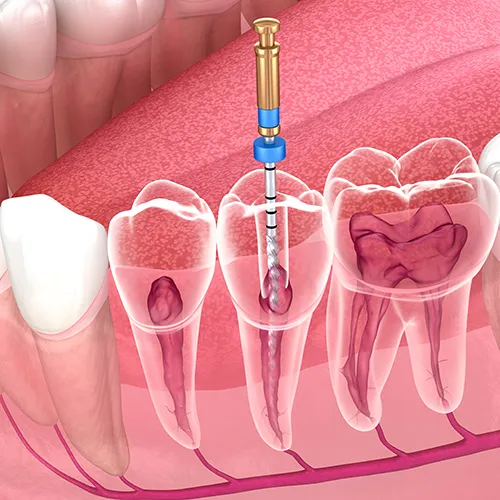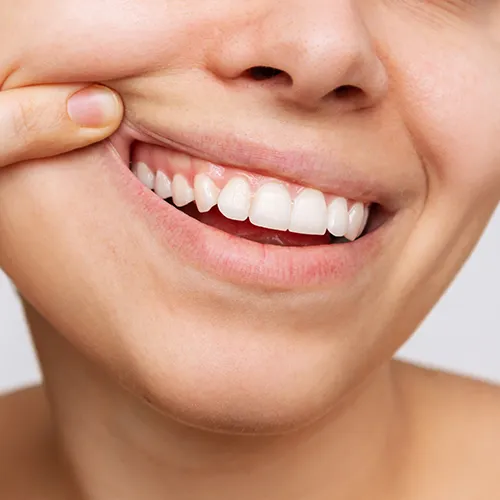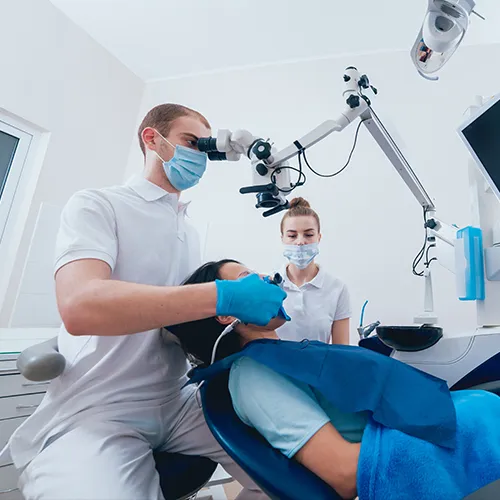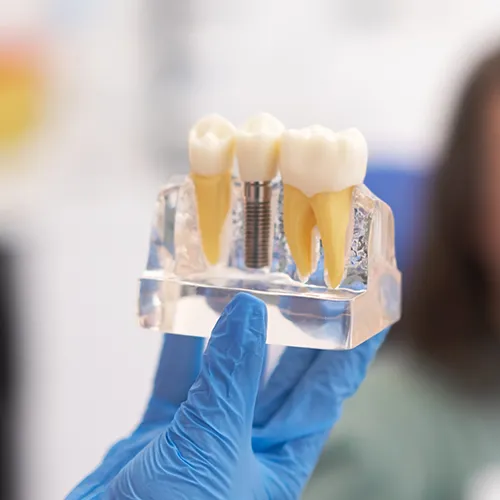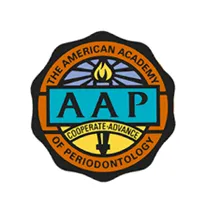Emergency Dentistry
Unraveling The Mysteries of Gingivitis: A Comprehensive Guide
Our general health is closely related to the condition of our teeth, and gingivitis is a common problem that many people face along the way. In this comprehensive investigation, we seek not only to solve the puzzle of gingivitis but also to illuminate the crucial part dentistry plays in preserving a comprehensive sense of well-being. We begin a thorough guide that not only enables people to treat gingivitis but also emphasizes the cooperative relationship between home care practices and the knowledge of dental specialists by exploring three essential questions.
Our pursuit for general well-being is largely dependent on our dental health, and gingivitis is a common enemy. To effectively treat the consequences of gingivitis, which is characterized by inflammation of the gums due to plaque accumulation, a detailed understanding is needed. It is clear as we work through the nuances of gingivitis that maintaining good health requires more than just treating symptoms; dentistry is a proactive approach. We will examine three important gingivitis-related questions in this thorough guide: Can you treat gingivitis at home? Does Listerine offer a remedy? What’s the quickest route to recovery from gingivitis?
Understanding Gingivitis
Gum inflammation is the hallmark of gingivitis, a common early stage of gum disease. Plaque is a thin, sticky layer of germs that builds up on teeth and is the main cause of gingivitis. It is a normal occurrence for plaque to form when food particles and saliva mix with oral bacteria. Gingivitis can develop if plaque is not routinely eliminated by good dental hygiene habits like brushing and flossing. The body’s immunological reaction to the bacteria in the plaque causes the inflammation linked to gingivitis. The gums become inflamed, red, and prone to bleeding, particularly during brushing or flossing. You shouldn’t disregard these symptoms as they are early warning indicators of gingivitis. If treatment for gingivitis is not received, it may progress to periodontitis, a more serious form of gum disease. When someone has periodontitis, the inflammation penetrates more into the bone and other tooth-supporting tissues. More serious effects like gum recession, tooth mobility, and even tooth loss may result from this. Furthermore, the inflammation linked to periodontitis may have systemic implications that could affect general health.
Can You Treat Gingivitis at Home?
A key element of keeping your mouth healthy and stopping gingivitis from starting or worsening at home is being proactive. At-home care entails routine actions intended to lessen plaque buildup and preserve the general health of the gums. Usually, these procedures involve using antimicrobial mouthwashes, brushing, and flossing on a regular basis. Although home care can be helpful, it’s important to be aware of its limitations.
- Maintain a Rigorous Oral Hygiene Routine: Regular brushing and flossing help remove plaque, the primary culprit behind gingivitis. Use a toothpaste with fluoride and a toothbrush with gentle bristles. Don’t forget to floss every day to get at the empty spaces in between your teeth where brushing might not be enough. Don’t forget to floss every day to get at the spaces in between your teeth where brushing might not be enough.
- Choose the Right Mouthwash: Mouthwash is not a solution for gingivitis, even though it could serve as a useful supplement to your dental care routine. Choose a mouthwash that is antiseptic or therapeutic, and make sure it has the ADA Seal of Acceptance on it. This seal attests to the product’s compliance with stringent safety and efficacy standards.
- Healthy Lifestyle Habits: A well-balanced diet and lifestyle can contribute significantly to oral health. Ensure you’re getting adequate vitamins and minerals, stay hydrated, and avoid tobacco products.
- Regular Dental Checkups: Even with a diligent home care routine, regular dental checkups are crucial. Professional cleanings and exams can identify and address early signs of gingivitis before they escalate.
Debunking the Myth: Does Listerine Cure Gingivitis?
Popular mouthwash Listerine has been marketed as a treatment for several oral health issues, including gingivitis, and it has even been said to be able to cure the condition. Listerine and other mouthwashes are helpful in keeping teeth clean, but they have drawbacks. Gingivitis is mostly caused by plaque accumulation, which must be thoroughly mechanically removed with dental hygiene practices like brushing and flossing. But it’s important to view these claims critically and look into the supporting scientific data.
- Listerine’s Role: Listerine can be a useful part of your oral care routine. Its antiseptic properties may help reduce bacteria in the mouth, contributing to overall gum health. However, it’s not a standalone cure for gingivitis.
- Comprehensive Approach: To effectively address gingivitis, a holistic approach is necessary. Listerine, when combined with proper brushing, flossing, and professional dental care, can play a supportive role in maintaining oral health.
- ADA Seal of Acceptance: Similar to other mouthwashes, it’s crucial to choose a Listerine product with the ADA Seal of Acceptance. This ensures that the mouthwash meets established standards for safety and effectiveness.
The Fastest Way to Cure Gingivitis
In order to stop gingivitis from getting worse, you have to act quickly. Improving dental hygiene habits is the first step toward a speedy gingivitis recovery. This involves brushing teeth using a soft-bristled toothbrush and fluoride toothpaste at least twice a day. Daily flossing is also necessary to get rid of dirt and plaque from the gum line and in between teeth. Using the right brushing and flossing procedures contributes to complete plague eradication. These are the most important tactics for recovering from gingivitis as quickly as possible.
- Professional Dental Cleaning: Schedule a professional dental cleaning to remove stubborn plaque and tartar. This is a crucial step in halting the progression of gingivitis and preventing it from developing into advanced gum disease.
- Scaling and Root Planing: In cases that are more complex, your dentist could advise scaling and root planing. By removing tartar and plaque from below the gum line, this deep cleaning technique helps the gums heal.
- Antibacterial Treatments: Dentists may prescribe antibacterial mouthwashes or gels to reduce bacteria and inflammation. These targeted treatments can expedite the healing process.
- Personalized Treatment Plan: Every case of gingivitis is unique, and a personalized treatment plan is essential. Your dentist will tailor recommendations based on the severity of your condition, ensuring the most effective and efficient recovery.
In conclusion…
To summarize, the successful treatment of gingivitis requires a multifaceted strategy that includes careful home care, clearing up myths about certain products, and obtaining professional help as soon as necessary. As an unwavering champion of dental health, Akemi Dental is here to provide advice and encouragement as you set out on your path to a brighter, healthier smile. It’s important to empower yourself to take responsibility for your dental health, and we invite you to start this journey by making an appointment with Akemi Dental right now. Trust Akemi Dental for Comprehensive Oral Care We at Akemi Dental recognize the value of having a healthy smile. For gingivitis and all of your dental requirements, our skilled staff is dedicated to provide individualized and practical solutions. Make an Appointment Right Now! Avoid letting gingivitis jeopardize your dental health. Make an appointment at Akemi Dental to start along the path to a healthy smile. We have knowledgeable staff members available to assist you on your path to the best possible oral health. Send us a message using our easy online form right now. Enlist Akemi Dental as your dental partner to help you achieve a bright, healthy smile.


